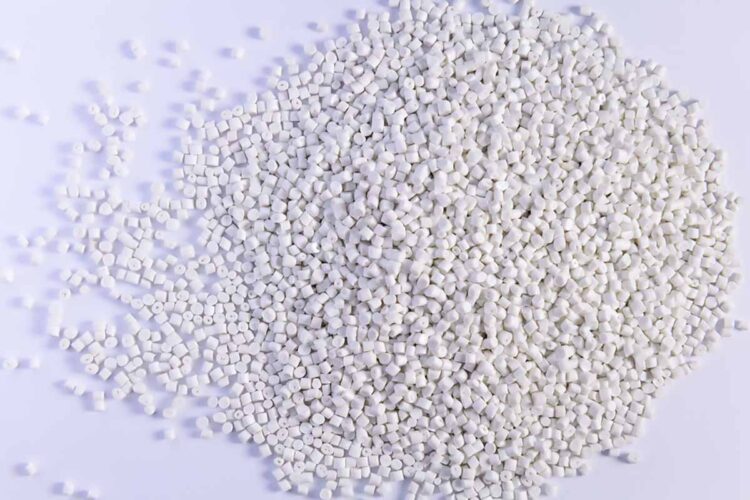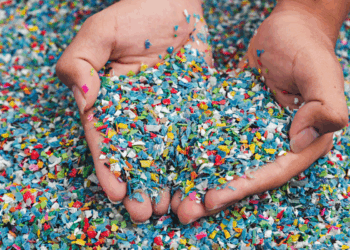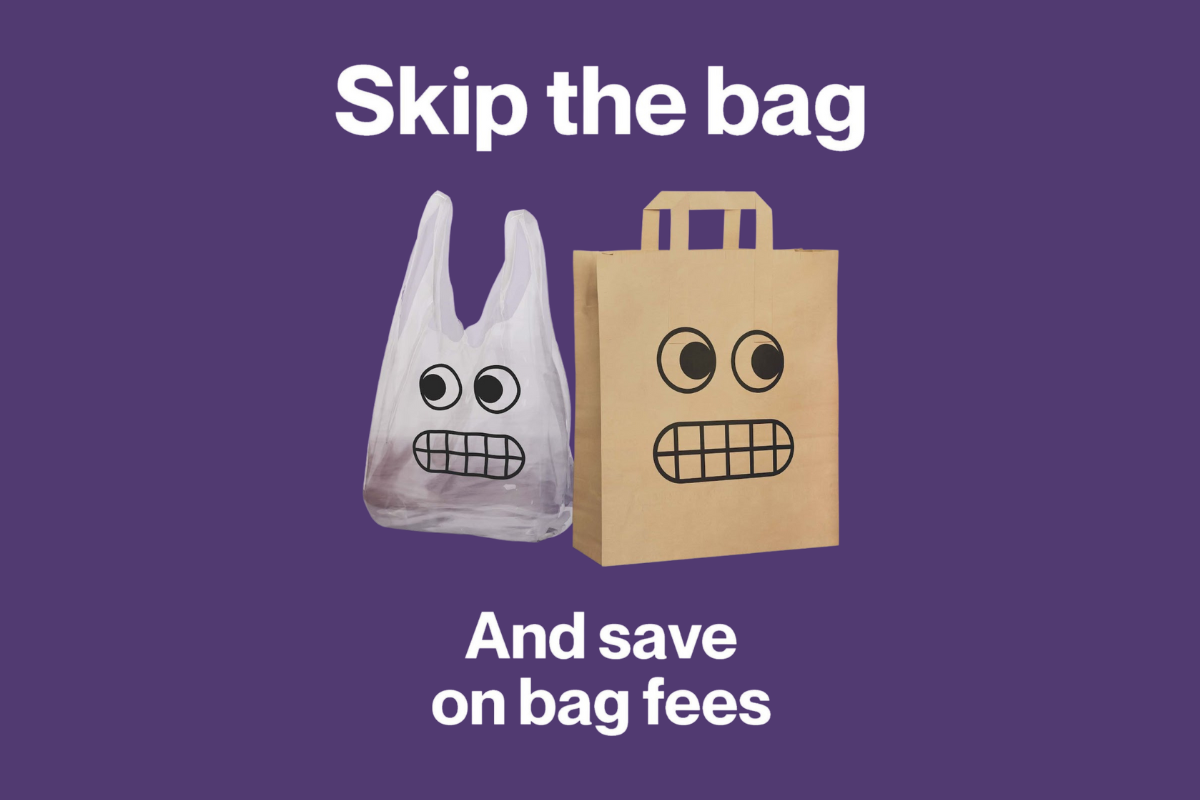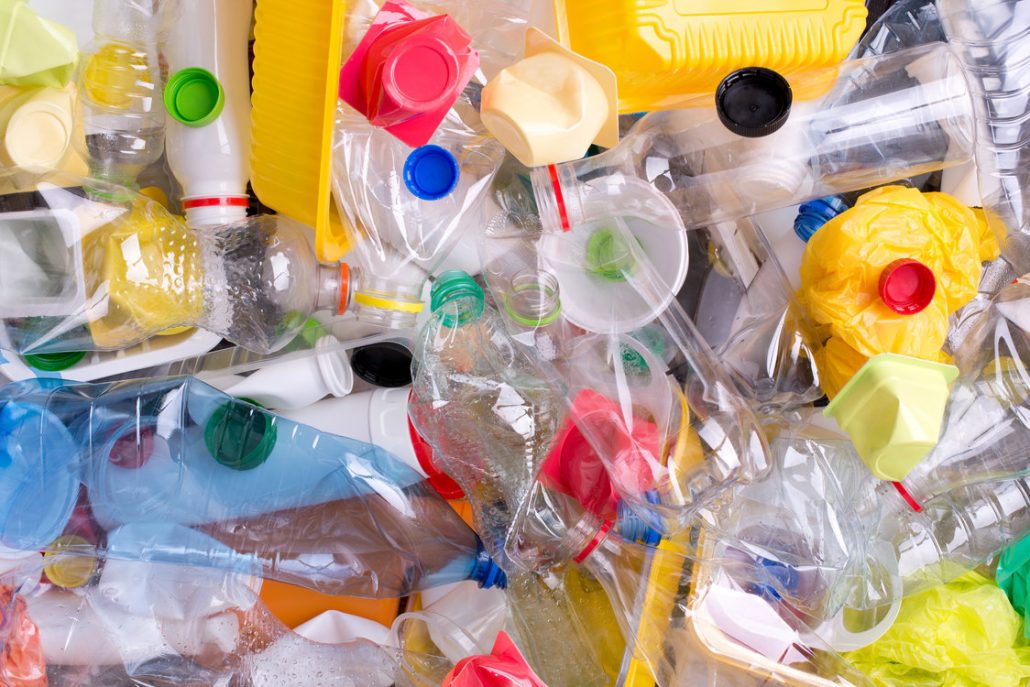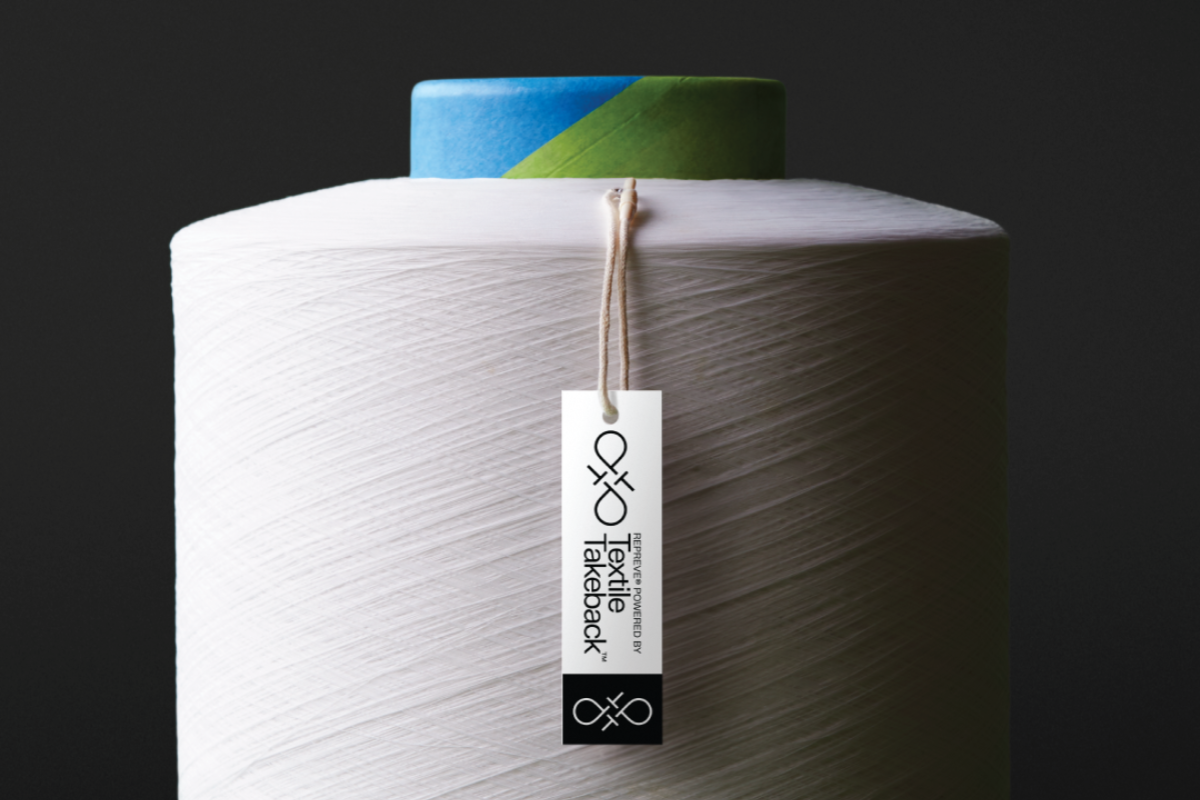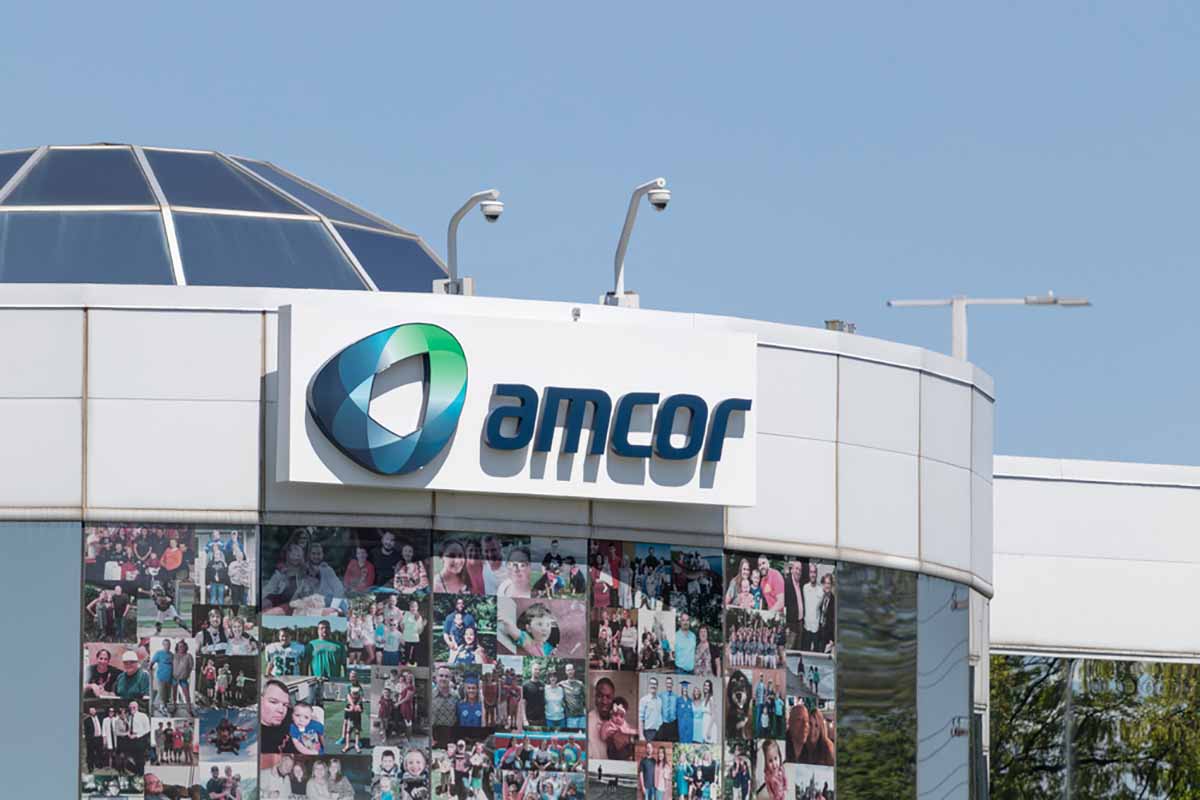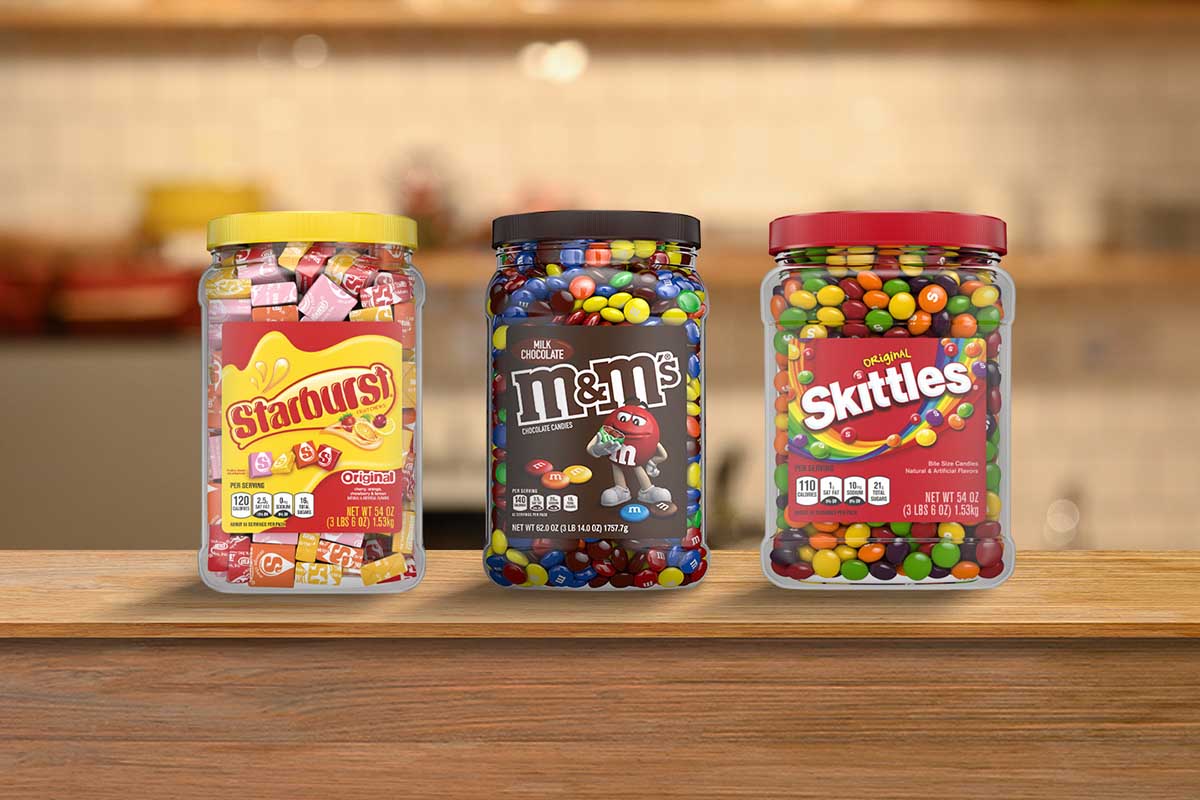Companies producing a third of all plastic packaging by weight in the U.S. used 9.4% post-consumer recycled resin in 2022, up from 8% the prior year, the U.S. Plastics Pact recently reported.
The Pact is one of a handful of similar initiatives around the world, convened in 2020 in association with the Ellen MacArthur Foundation. The organizations provide a way for stakeholders within the plastics packaging sector to work on goals they’ve agreed to under the foundation’s New Plastics Economy program.
The U.S. Pact recently released its annual report, charting progress made in 2022 compared to the prior year. It provides a snapshot of progress toward four identified targets, and it also provides a look at how the organization’s 136 signatories are thinking about policies – beyond the voluntary Pact commitments – that can help them achieve goals.
As an example, the 9.4% PCR usage in 2022 falls significantly short of the goal of 30% PCR – or biobased content, which is currently used in negligible quantities – by 2025.
In describing the PCR situation, the Pact report noted that “PCR suitable for packaging materials is usually more expensive than virgin resin.” For that reason, the Pact explained, policy is key.
“Voluntary commitments alone will not ensure long-term, stable demand for these materials, which is needed to drive the necessary investments to capture and recycle plastic,” the Pact reported. “PCR mandates build long-term, stable demand for PCR by requiring all companies that use plastic packaging to incorporate recycled materials back into new packaging.”
The report added that “limited supply of high-quality postconsumer recycled content is a key constraint in progress” toward the PCR goal.
The organization added 24 new signatories throughout 2022, and as of the report’s publication there were 136 signatories overall. They are distributed across a handful of sectors, including brands and retailers, nonprofits and academic institutions, converters, trade associations, governments, MRFs, technology and investment companies, reclaimers and chemical recycling companies, and raw material suppliers.
Together, the producers in the Pact placed 6.4 million short tons of plastics into the U.S. market in 2022, of which 3.4 million short tons were business-to-consumer or business-to-retail sales.
Signatories to the pact agree to strive toward four targets by 2025: To stop using plastic packaging items that have been deemed “problematic or unnecessary;” to make 100% of plastic packaging reusable, recyclable or compostable; to effectively recycle or compost 50% of plastic packaging in the U.S.; and to use 30% recycled content or “responsibly sourced biobased content” in their plastic packaging.
In addition to their recycled content use, the Pact reported that 92% of the packaging produced by signatories did not contain “problem” items in 2022; and that 47.7% of plastic packaging placed on the market by signatories was reusable, recyclable or compostable.
As for increasing U.S. plastic diversion to 50%, the Pact noted it’s difficult to report any progress, because the organization relies on the U.S. EPA’s Facts and Figures report, which hasn’t been updated since 2020. The current EPA data covers 2018.
“Since 2018, the industry has significantly increased efforts to improve recycling rates of plastic packaging,” the Pact reported. “It is critical that states and the federal government gather data on the amount of plastic packaging produced and recycled to determine a national recycling rate. This is the only means to measure the progress from the various initiatives and determine if the U.S. is advancing toward the EPA’s National Goal of a 50% recycling rate by 2030.”





